Premium own-label ranges have been star performers in Britain’s supermarkets in the past quarter, according to data from analysts Kantar Worldpanel.
Shoppers spent 13% more on these lines in the 12 weeks ending 4 December than they did a year ago. Premium ranges, such as Sainsbury’s Taste the Difference and Tesco Finest, accounted for 6.3% of all own-label purchases, up from 5.7% in 2015.
Kantar Worldpanel added that Morrisons’ The Best had put in a particularly impressive performance – with sales up 35% – while Asda Extra Special had grown 15%.
“Over Christmas it’s likely that premium lines will record their highest-ever sales figures as even more shoppers trade up to treat their loved ones,” said Kantar Worldpanel retail and consumer insight head Fraser McKevitt.
Analysts also found that, despite widespread predictions of higher prices, the typical basket of everyday groceries was 0.1% cheaper in the past 12 weeks than this time last year.
This is the 29th consecutive period of grocery price deflation, said Kantar, and reflected the impact of Aldi and Lidl on pricing – and the market’s response – as well as deflation in categories including pork, deodorants, eggs and vegetables.
Kantar added the dip in average spend was despite shoppers buying fewer items on promotion, with spending on offers at 36.9% versus nearly 40% in the 12 weeks to December 2015. Earlier this month, retail analysts IRI reported that British firms were cutting back on promotional activity.
“Promotional activity has dipped across all five of the biggest retailers, reflecting ongoing efforts to simplify shopping and offer more of an everyday low pricing model, which relies far less heavily on promotions,” said McKevitt.
In terms of retailer performance, Aldi was the only business to record double-digit sales growth over the past 12 weeks, with the premium Specially Selected range helping the discounter increase sales by 10% year on year. The next fastest-growing retailer was Iceland, with an 8.6% rise.
Tesco has continued to grow ahead of the market, at 1.6%, increasing its market share to 28.3% (see table).



















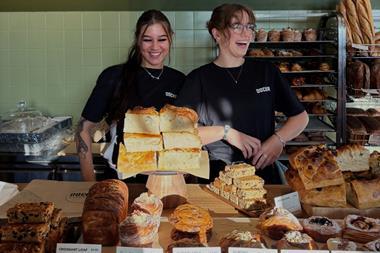
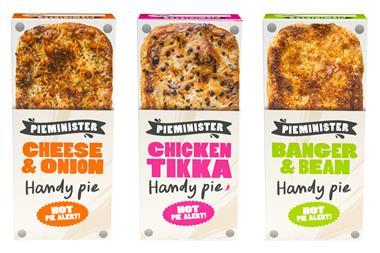

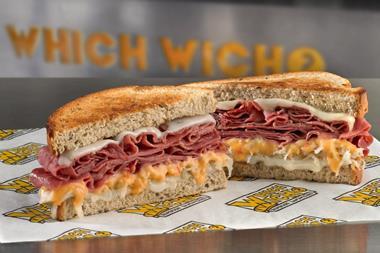






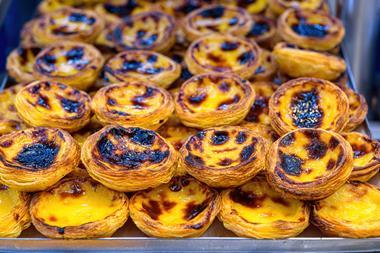
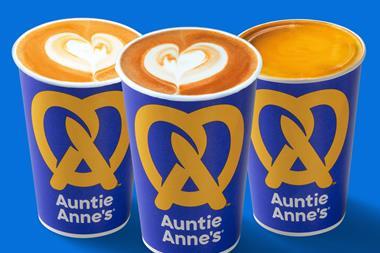

No comments yet